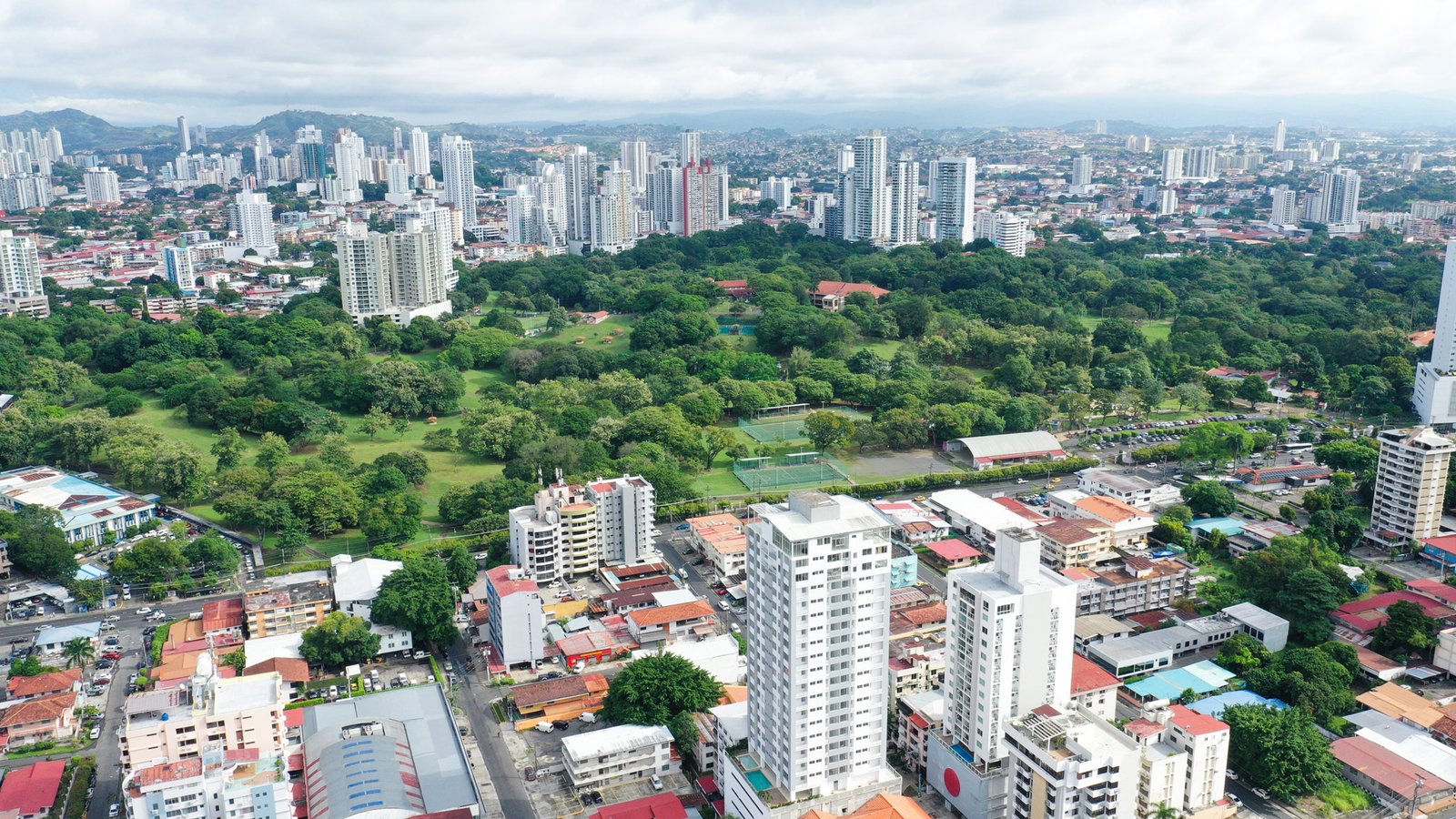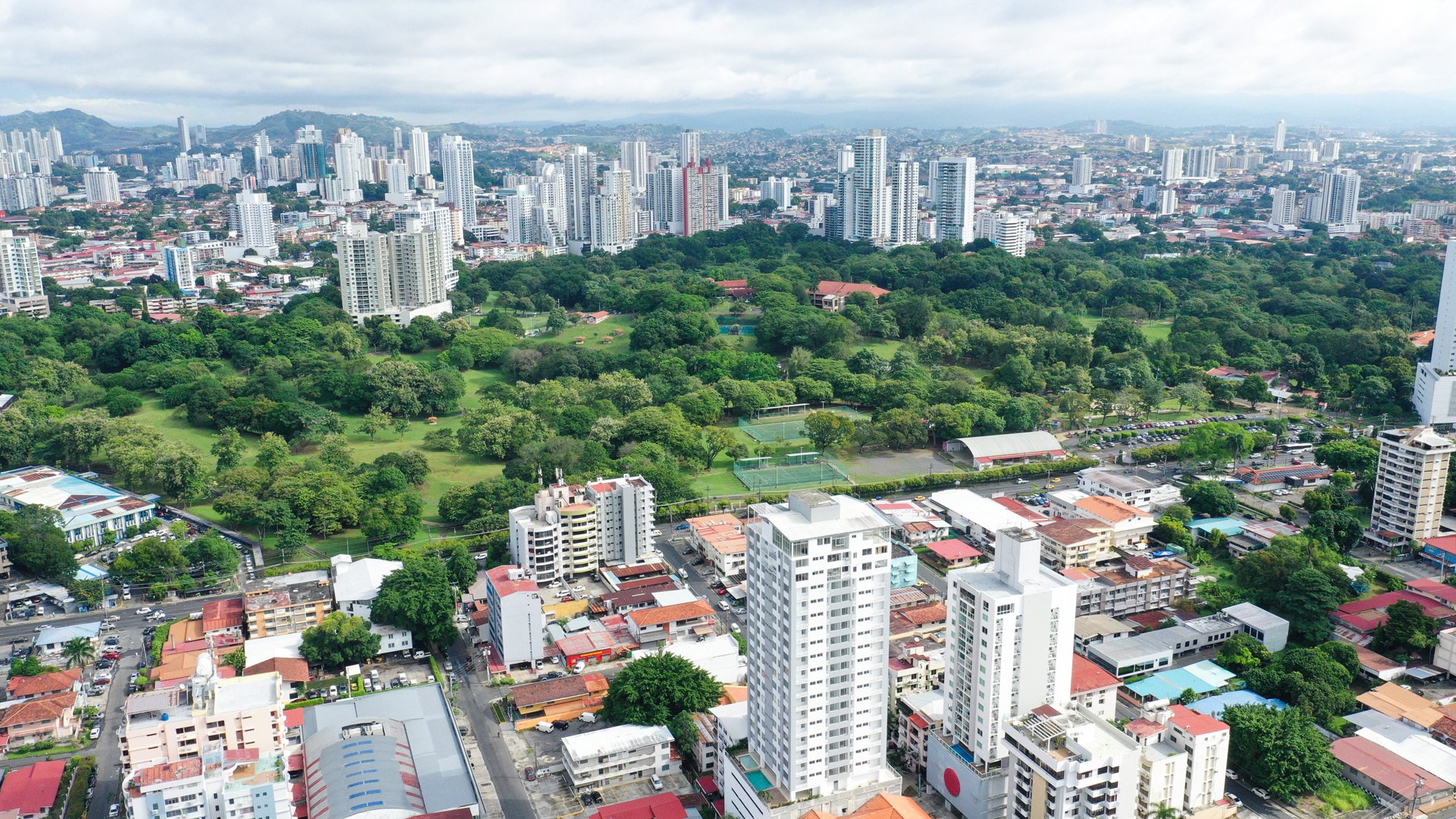Panamanian legislation provides a comprehensive framework to understand and manage public space, ranging from general concepts of sovereignty and state property to detailed specifications for use and urban management.
The Constitution sets the foundation by identifying public domain assets like the subsoil, seabed, coasts, and airspace, key elements of the country's territorial integrity. The Civil Code delves deeper into the conceptualization of public space from an urban perspective, associating it with elements such as roads, plazas, streets, and bridges.

On the streets, public space, which includes sidewalks, parks, squares, and street furniture, has been taken over mostly for the parking and circulation of automobiles.
"It would not be until the approval of Law 6 of 2006 of February 3, 2006, which regulates Territorial Planning, where the concept of public space is established and given meaning, in article 5 defining it as (...) set of public buildings and architectural and natural elements, intended by their nature, use or affectation to satisfy collective urban needs."

Projects such as Uruguay Street and Vía Argentina seek to reverse the problem of automobile occupation of public space, giving more space and urban furniture to pedestrians.
The Municipal Regime grants municipalities the custody and administration of these assets, emphasizing their role as responsible for regulating and maintaining public space.
This law is presented as the governing document and national regulatory framework for territorial planning and urban development. Regarding public space, this standard defines and stipulates parameters for its generation, management, powers and use. Within Chapter V of Law 6 of 2006 that regulates Territorial Planning, the scope of the development of Local Territorial Planning Plans is detailed, which have among their objectives, “the delimitation of open spaces for public use, intended for areas recreational and conservation”, indicating that the public spaces protected by the State correspond to:
1. The areas required for circulation, both pedestrian and vehicular. 2. Areas for public recreation, active or passive, for citizen security and tranquility. 3. Urban furniture, parks, squares, green areas and similar areas and those necessary for the installation and maintenance of basic public services. 4. State properties that contain works of public interest and historical, cultural, religious, recreational and artistic elements. 5. Beaches, easements, river banks and public bodies of water, mangroves, low-tide lands, as well as their vegetative elements, sands and corals. 6. In general, all existing and planned public goods, in which the collective interest is manifest and convenient, and which, consequently, constitute an area for collective use or enjoyment.
However, there is a notable discrepancy between existing legislation and its effective implementation. Although Panamanian laws promote the creation and maintenance of public spaces, the reality in many communities is the lack of access to suitable parks, plazas, and green areas, suggesting a critical need to enforce these regulations more rigorously.
Executive Decree 205 of 2000 details specific categories of public spaces within the Urban Development Plan for the Metropolitan Areas of the Pacific and the Atlantic, including:
Urban Green Areas: Open spaces intended for recreation, which should be mostly public and may include limited private participation for specific recreational uses.
Coastal Strips: Narrow spaces intended for leisure activities such as walking and cycling, offering panoramic views and should integrate cultural elements into their design.
District Parks: Large areas equipped with community facilities serving dense urban populations, designed to be close to transport infrastructure and community services to improve efficiency and safety.
Neighborhood Parks: Smaller spaces dedicated to residential areas that offer recreational facilities to improve the quality of life and health of the community.
Plazas: Areas intended for passive recreation and civic activities, located near main activity centers to integrate the social and commercial life of the community.

The Omar recreational park, with a surface area of 47 hectares, is the oldest and largest district park in Panama City.
"In Panama, quality public spaces are scarce since there are no public regulations that seek to protect these spaces or encourage their creation. According to the study Panamá Ciudad Sostenible by the Interamerican Development Bank (2016), in the Metropolitan Area of Panama there are 5.12 m2 of free public space/green zone per inhabitant. Despite this figure, there is enormous inequality of access. For example, in San Miguelito there is 3.4 m2 per inhabitant, while in Arraiján, only 1.1 m2 is available. Interamerican Development Bank (IADB) set an optimal indicator between 10 m2 and 15 m2 of green areas per inhabitant in a study for Panama in 2016."
During the last 20 years, the production and generation of public space has been subordinated to the central and local government through the development of megaprojects. Another mechanism by which public space is generated occurs through the process of generating new urban land. When a proposal is presented for a new urban project, the National Urban Development Regulation establishes that mandatory transfers must be made for spaces for sports and recreational use and for the generation of urban equipment.

The Cinta Costera is a strip of green space that borders the urban center of Panama City from the Maracaná stadium in El Chorrillo, to the Punta Paitilla neighborhood.


